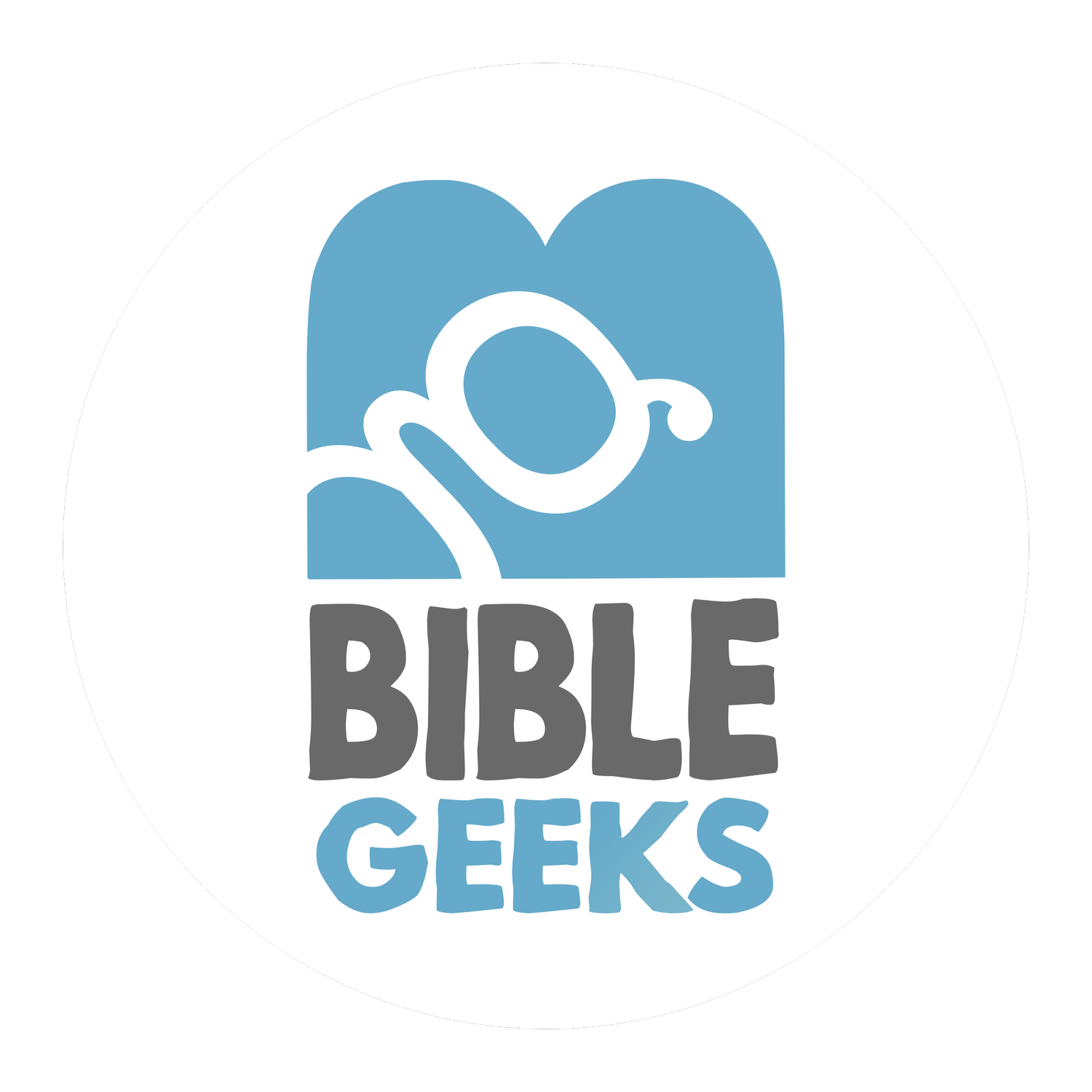“Meet Your Bible”
This is an adapted excerpt from “Meet Your Bible“ for our Seven Sermon Summer Surfin’ Spectacular.
Have you ever had that friend-of-a-friend you’ve known for a while, but you were never properly introduced? You say hi, you know a few things about them, but you feel a little awkward because you don’t really know them. Sometimes, our relationship with the Bible can feel the same way. We might know some stories or see it in a hotel drawer, but we’ve never been given a proper introduction to what this incredible book actually is.
Many people either honor the Bible from a distance, thinking personal study is too intimidating, or jump to strange conclusions because they’ve never learned the basics. But you don't have to be afraid; this is a book you can understand, engage with, and enjoy. So let’s get properly introduced.
The Big Idea: To read the Bible well, see it not as one book, but as a whole library telling one great story.
It’s a Library, Not Just a Single Book
The first thing to know is that the word “Bible” comes from the Greek word Biblia, which literally means “the books” — plural. This is key. While God brings a beautiful unity to the whole collection, it’s not one single book written in one style. It’s a library of 66 individual books.
Each book has its own purpose, author, and original audience. For example, the Apostle John wrote his first letter (1 John) to reassure believers of their salvation, but he wrote his Gospel so that people might come to believe in Jesus in the first place. Understanding a book’s individual purpose first is essential before we try to connect its themes to the rest of Scripture. A steady diet of reading book-by-book helps us respect the context and avoid misunderstanding.
It Tells One Big, Connected Story
Even though it’s a library of books written over 1,600 years by many different authors, the Bible tells one grand, harmonious story. Every smaller story, poem, and prophecy fits into a single, overarching narrative that goes like this:
Creation & Fall: God creates a good world and enjoys perfect fellowship with humanity in a garden, but we rebel, leading to exile.
Israel: God chooses one family — the family of Abraham — and grows them into a nation. Through this people, he plans to bless the entire world.
Jesus: The story culminates in Jesus, the Christ, who comes from the line of Abraham and Israel to fulfill all of God’s promises.
The Church: After Jesus returns to heaven, he continues his work on earth through his new body, the church, which is tasked with spreading his kingdom.
New Creation: The story ends with the ultimate hope — a new heavens and a new earth where God will make all things right and dwell with his people forever.
Seeing this bigger story helps us connect the dots and understand how each part fits into God's one amazing plan.
It Was Written for You, Not to You
This might be the most important tip for reading the Bible well. Every book was written to a specific group of people in a different time, culture, and language. Paul’s letter to Philemon was for Philemon; Obadiah’s prophecy was for the Edomites.
This matters because we can’t just open to a random verse and assume it’s speaking directly to our modern situation without first doing a little homework. Our job is to first try to understand what the author meant to his original audience. Once we have a good grasp of that, then we can see how that truth connects to the bigger story and applies to our own lives. This honors the context of Scripture and protects us from making it say something it never meant to.
Your Turn
The Bible isn’t just a book to be analyzed; it’s God’s living and active word (Heb. 4:12), intended to introduce you to a Savior who loves you. It was made to be studied, lived, and to transform you from the inside out. What is one step you can take this week to get a more proper introduction to your Bible?
